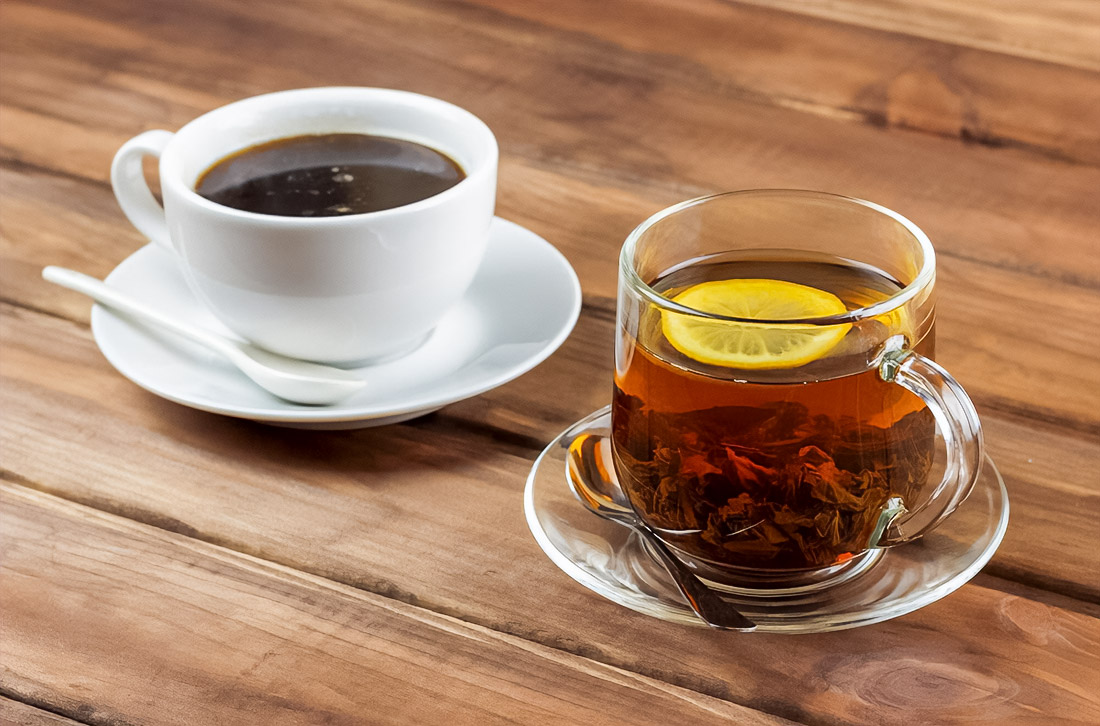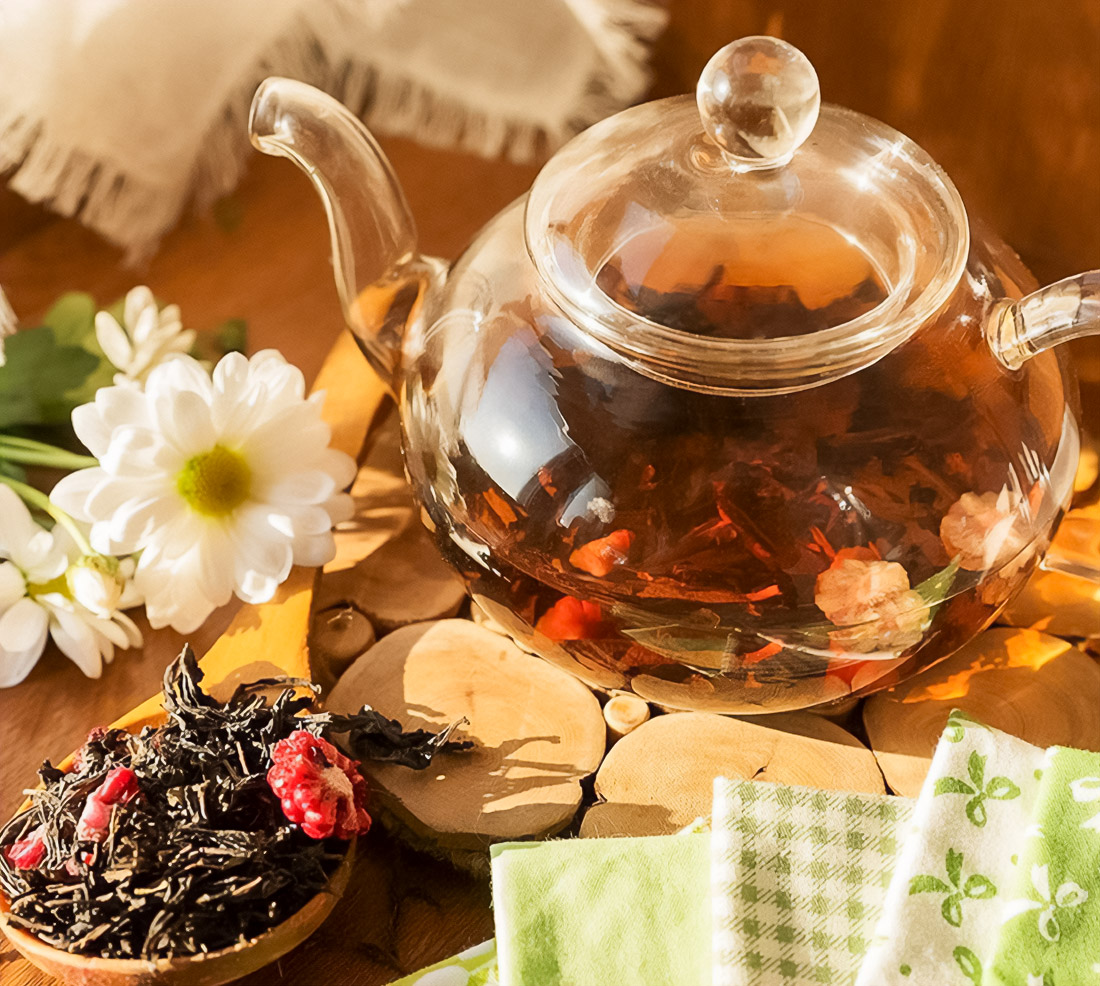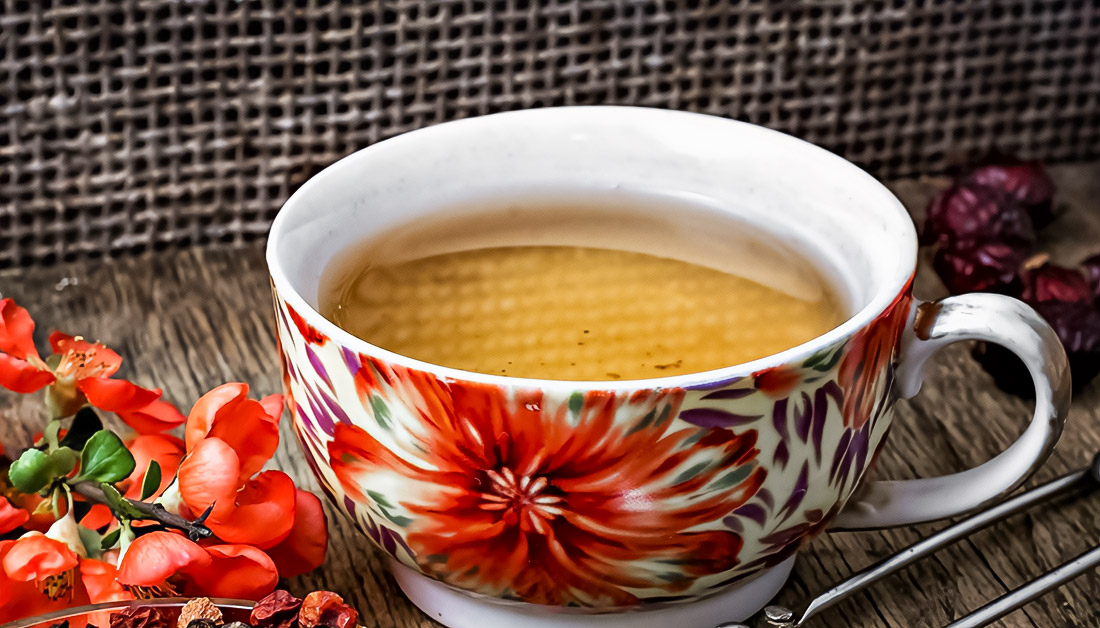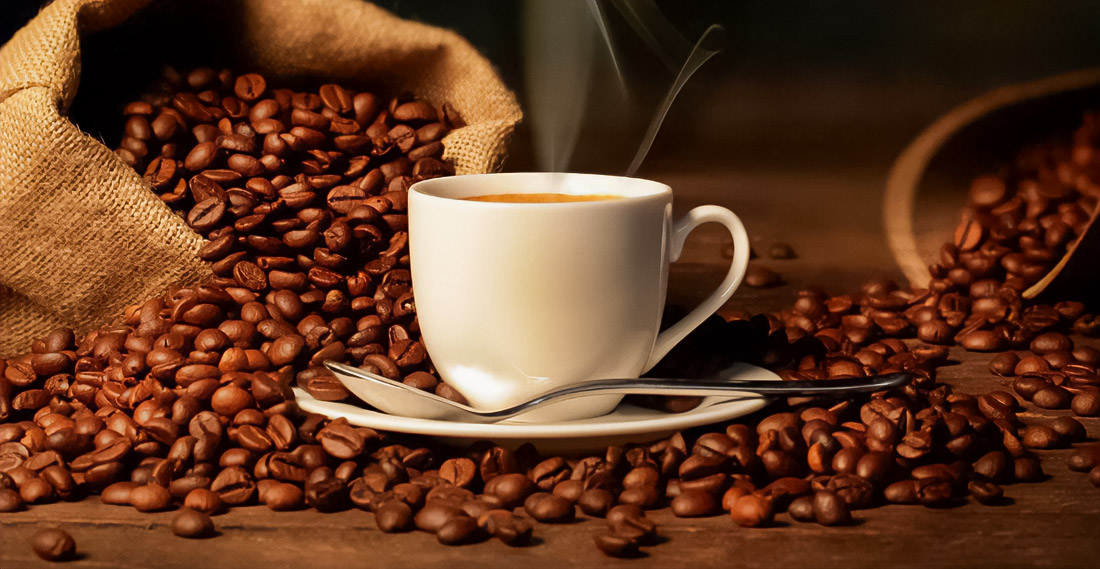When we brew tea or coffee, the vessel always affects the taste and sensations. But the difference between a simple teapot, Arabic Dallah and Chinese gaiwan is much deeper than it seems. Each vessel carries a story, technique, and even symbolic meaning. They determine what kind of drink will be: tart, mild, or rich in spice flavors.
Arabic Dallah And The Ritual Of Generosity

The Dallah has long been considered a sign of hospitality. Its curved nose, high lid and smooth handle create a special aesthetic. Coffee is not just boiled in it, but boiled for a long time, 10–20 minutes, adding cardamom, sometimes saffron. Such a drink becomes bitter, but saturated, and is always served to the guest as an expression of respect. It was customary for the Arabs to use several vessels of different sizes: from the heavy Al Metbakha, which was placed on coals, to the light Al Mazalla, from which coffee was poured into cups. This sequence turned an ordinary process into a ritual.
Gaiwan And Precision Of Taste

Gaiwan is a porcelain bowl with a lid and saucer. It’s simple, but incredibly functional. In gong fu brewing, it is gaiwan that allows you to capture the subtlest shades. In it, the color of the infusion is immediately visible, the aroma unfolds faster, and the balance of sweetness and bitterness is felt more clearly. Experimental data showed that after just 2 minutes, the infusion in gaiwan contains 162.97 mg/g of catechins, which is higher than that of Yixing teapot with 155.49 mg/g or glass cup with 151.13 mg/g. This difference forms different levels of astringency, so the same tea can play in a completely new way.
Materials And Heat Capacity

Glass keeps the temperature longer, but makes the taste softer, without sharpness. Porcelain cools down quickly, but it conveys a pure taste. Yixing clay retains heat best and simultaneously “absorbs” the aroma, giving depth to oolong and aged varieties. Glass is better for fresh green or white tea, clay is better for oolongs, and porcelain gaiwan is better for quick quality analysis.
Practical Examples
The difference is noticeable even with the same proportions. Five grams of tea in 150 ml of gaiwan and one minute give a bright, concentrated taste. Two grams in a mug of the same volume, but infused for five minutes, gives rise to a mild infusion without spiciness. The situation is different with Arabic coffee: layering is achieved by pouring from one Dallah into another, adding spices and observing the boiling time. Each stage emphasizes that the vessel is not only a utilitarian thing, but also a part of tradition.
Modern Options
Easy gaiwan appeared today. They are equipped with handles, spouts, and sometimes filters. Their volume is usually 150–200 ml, which is convenient for everyday sessions. But connoisseurs choose 90 ml, which is the optimal size for deep study of the leaf. In the Arab world, the Dallah thermos has changed the usual ritual, retaining its shape, but adding the ability to keep the drink hot for hours. This makes it easier to serve, but the tradition remains.
Choosing The Right Vessel
Choosing a vessel is always more than choosing a shape. Dallah forms the ritual of hospitality, gaiwan reveals the hidden sides of tea, and the classic teapot remains a universal tool. The material, heat capacity, time, and proportions create a whole range of flavor variations. In one cup, a tart infusion with a high level of catechins is born, in another a soft and sweet aromatic drink, and in the third rich coffee associated with history and culture. The vessel determines not only the taste, but also the very essence of the meeting. And today, whether you decide to buy tea online for a gong fu session or explore the richness of Arabic coffee traditions, the choice of vessel will define your experience.
Skydiver, audiophil. Working at the junction of aesthetics and purpose to create strong, lasting and remarkable design. I’m fueled by craft beer, hip-hop and tortilla chips.
